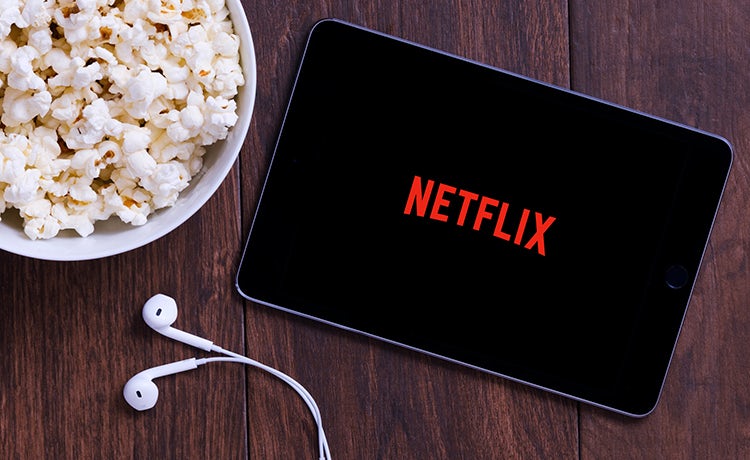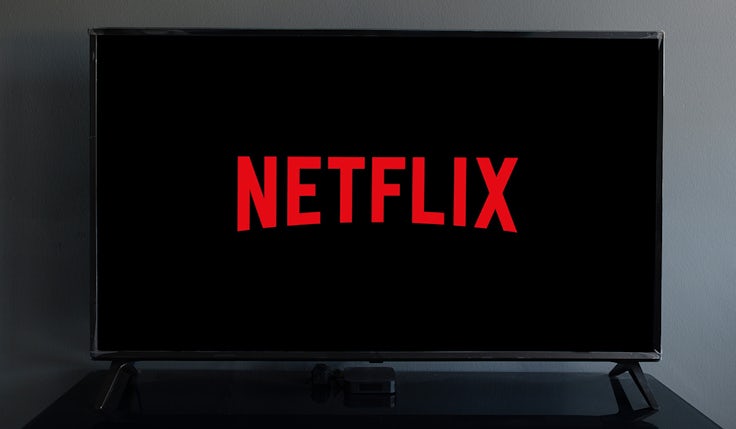Netflix looks to revenue diversification as ad business takes time to build
The streaming company is raising prices and cracking down on password sharing as it attempts to build out an advertising business.
 Netflix has published its Q3 results which show the difficulties the streaming giant has had in diversifying its revenue streams – despite attracting nearly 9 million more subscribers.
Netflix has published its Q3 results which show the difficulties the streaming giant has had in diversifying its revenue streams – despite attracting nearly 9 million more subscribers.
While the results were positive overall – which the company ascribes to its ongoing password-sharing crackdown – they also highlighted its long-gestating advertising stream is taking a while to develop.
Regarding its efforts to encourage users that share accounts to instead purchase individual subscriptions, Netflix states: “The cancel reaction continues to be low, exceeding our expectations, and borrower households converting into full paying memberships are demonstrating healthy retention.”
As a result of that better-than-expected retention, the streamer is “revenue positive in every region”.
Those results have encouraged the brand to increase pricing for its basic and premium plans in the UK, as it sees price elasticity for subscription services as fairly forgiving among its core user base. It is, however, retaining the existing price point for its ad-based model, which speaks to the difficulty it is seeing in building out an ad-supported revenue stream.
While Netflix says its ad plan membership grew nearly 70% compared to the previous quarter it does not share what percentage of its base is subscribed to that plan specifically. It does, however, state that the tier accounts for 30% of all new sign-ups across its 12 ‘ads countries’. Over 70% of its members are now outside the US.
The results stated it “takes time” to build a new business from scratch, which is why Netflix said ad revenue would not be “material to our business” in 2023.
It does note that advertiser money is continuing to switch from linear television to streaming services. That is providing the streamer with an opportunity to build out ad formats and products designed to scoop up a big share of that spend once its ad-funded tier reaches a substantial enough number of users.
Netflix wants to create ‘buzzier’ marketing as the streaming giant ramps up ad-supported tier
It is, for example, offering a ‘hero spot’ for advertisers based around its users’ binging behaviour. Once a user has watched a certain number of episodes in a row the hero spot will appear, informing the user that the next episode is advertising-free, “made possible” by the advertising brand.
Netflix said: “We’re working with brands to create formats they will value, in particular the ability to connect with highly conversational and culturally relevant programming. For instance, we recently launched title sponsorships on Netflix with Frito Lay’s Smartfood presenting the new and extremely popular season of Love is Blind.”
It also announced that T-Mobile, Nespresso and others will all be sponsors for The Netflix Cup, its first-ever live sports event.
Marketing and diversification
Despite the desire to land the information relating to its ad-funded tier, Netflix reduced its marketing spend for Q3 compared to the previous quarter, to £460,898 ($558,736) from £517,347 ($627,168).
The results also demonstrate Netflix’s desire to build out its experiential and partnerships streams: “We continue to innovate and invest in engagement off Netflix through our consumer products and experiences.” To that end it is set to develop ‘Netflix House’, real-world destinations that “combine fresh, new live experiences” with food and retail linked to its existing and future IP.
Netflix ad-supported inventory ‘nearly sold out’ ahead of November launchOperating income for the quarter totaled $1.9bn compared to $1.5bn in the same quarter last year (up 25% year-on-year). Its revenue growth for the quarter also represented a 9% year-on-year increase in average paid memberships. That is based upon overall subscriber numbers of 247 million globally.
So while Netflix is still striving to build out its ad-supported tiers the success of its paid membership and diversification efforts, supported by the success of original content like One Piece and licensed shows including Suits, is giving it breathing room to do just that.








Comments